
In the ever-evolving landscape of business promotion, one strategy continues to stand out as a cornerstone of success: Materials Marketing. Imagine a world where every glance at a well-crafted business card, every click on a compelling digital banner, and every encounter with a creatively designed brochure is a portal into a brand’s identity and story.
Welcome to Materials Marketing, where every visual element, from tangible print materials to digital assets, weaves a narrative that captivates audiences and leaves an indelible mark.
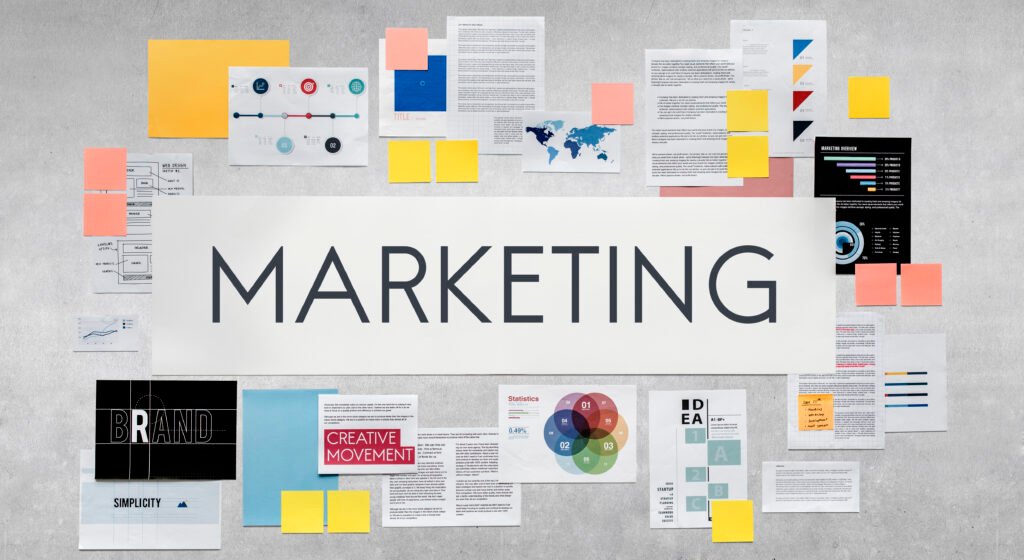
This blog post will delve into the concept of Materials Marketing, explore its key objectives, analyze its role in enhancing brand identity and awareness, discuss various types of marketing materials, provide insights into designing a successful marketing materials strategy, and conclude with a comprehensive understanding of the topic.
So, let’s get started;
What Is Meant By Materials Marketing?
Materials marketing refers to the strategic creation and distribution of various types of promotional materials and collateral to enhance a brand’s identity, engage its target audience, and drive business growth.
Key Objectives Of Materials Marketing
- Brand Awareness: Materials marketing aims to increase brand visibility and recognition by creating consistent and eye-catching materials that represent the brand’s identity. This helps potential customers remember and recognize the brand across various touchpoints.
- Engagement: Effective marketing materials are designed to capture the audience’s attention and engage them emotionally. They encourage recipients to interact with the content, whether it’s reading a brochure, exploring a website, or attending an event.
- Information Dissemination: Marketing materials convey essential information about a brand’s products, services, features, benefits, and value propositions. They educate potential customers about what the brand offers and how it can fulfill their needs.
- Audience Education: It often serves to educate the target audience about industry trends, problems, and solutions. This establishes the brand as an authoritative source and builds trust with potential customers.
- Lead Generation: Well-crafted marketing materials can generate leads by including strong calls-to-action (CTAs) that prompt the audience to take specific actions, such as signing up for a newsletter, requesting more information, or making a purchase.
- Customer Loyalty: Consistent and high-quality marketing materials create a positive impression and reinforce brand loyalty among existing customers, encouraging repeat business and advocacy.
Moving forward from our understanding of Materials Marketing and its key objectives, let’s delve into how Materials Marketing plays a pivotal role in boosting brand identity and awareness.
How Materials Marketing Enhances Brand Identity And Awareness?
- Consistency: Marketing materials maintain a consistent visual and messaging style across various platforms and materials. This consistency reinforces the brand’s identity and makes it easily recognizable.
- Visual Appeal: Creatively designed marketing materials use visual elements such as logos, color schemes, typography, and graphics that resonate with the brand’s essence. These visuals create a memorable and appealing impression on the audience.
- Storytelling: Marketing materials often incorporate storytelling elements that humanize the brand and make it relatable. This storytelling aspect helps in building emotional connections with the audience.
- Differentiation: Unique marketing materials that stand out from competitors help the brand establish its unique selling points (USPs) and differentiate itself in a crowded marketplace.
- Multi-channel Reach: They are distributed across various channels, including physical and digital platforms. This multi-channel approach maximizes exposure and ensures the brand reaches a broader audience.
- Recognition: When customers repeatedly encounter consistent marketing materials, they form a mental association with the brand. This recognition leads to increased brand awareness and recall.
- Trust Building: Professionally designed materials indicate a brand’s commitment to quality and professionalism. This fosters trust among customers and potential clients.
- Broader Reach: Materials marketing allows a brand to extend its reach beyond its physical location or immediate network, enabling it to connect with audiences globally.
Now, let’s transition to the core aspect: exploring the various categories of marketing materials.
Types of Marketing Materials
let’s dive into each category of marketing materials and explore them in detail:
Business Marketing Materials

Business marketing materials are essential tools for making a strong and professional impression. They often feature a brand’s logo, contact information, and design elements that reflect its identity.
- Business Cards: Business cards are compact cards that provide contact details and basic information about an individual or a business. They serve as an easy way to exchange information during networking events or meetings. A well-designed business card can leave a lasting impression on recipients and help them remember the brand.
- Letterheads and Envelopes: Letterheads are stationery sheets featuring a company’s logo, name, and other brand elements. They are used for official correspondence, creating a consistent and professional image. Envelopes with matching designs reinforce the brand’s identity and provide a cohesive look for outgoing communications.
- Stationery Kits: Stationery kits comprise a set of coordinated materials, including letterheads, envelopes, business cards, and sometimes notepads or pens. These kits ensure a unified and polished presentation of the brand in all forms of written communication.
Digital Marketing Materials
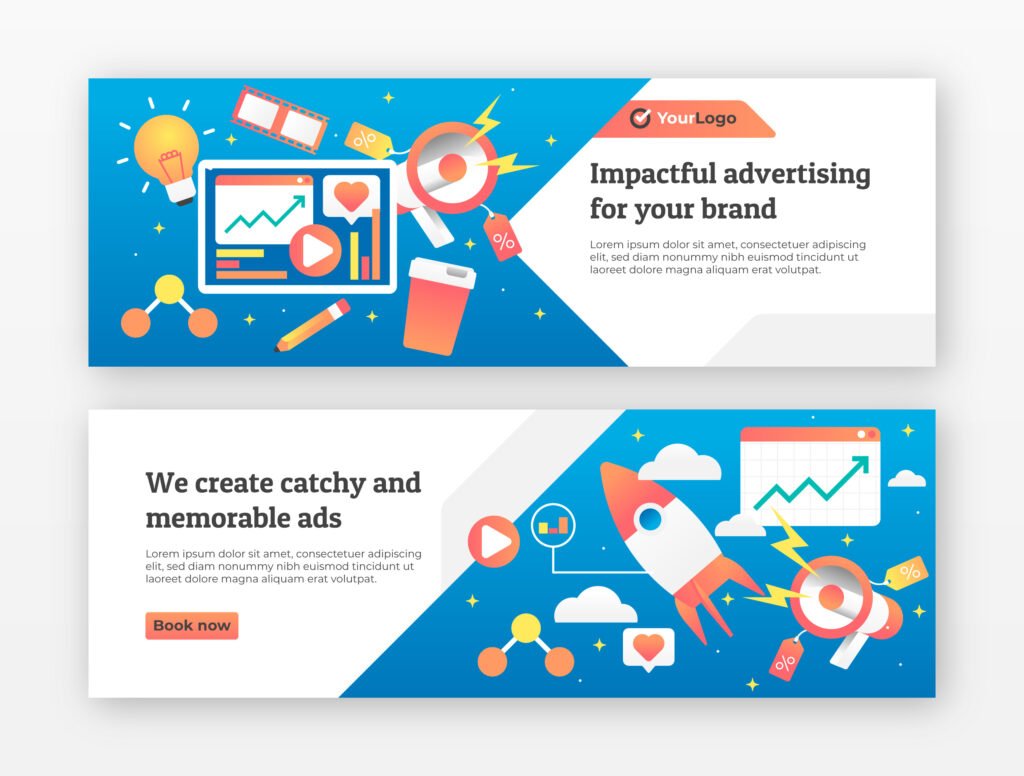
In the digital age, these materials play a crucial role in online brand representation, engagement, and interaction.
- Website Banners and Graphics: Website banners and graphics are visual elements displayed on a website to convey essential messages, promotions, or brand values. They enhance the user experience and guide visitors’ attention to specific content.
- Social Media Visuals: Social media visuals encompass images, videos, and graphics designed for sharing on social platforms. These visuals help in building a consistent brand presence across social media channels and engage followers with visually appealing content.
- Email Signatures: Email signatures are customized blocks of information added to the end of emails. They include the sender’s contact details, social media links, and brand imagery. Email signatures provide a professional touch and reinforce the brand when communicating electronically.
Promotional Materials
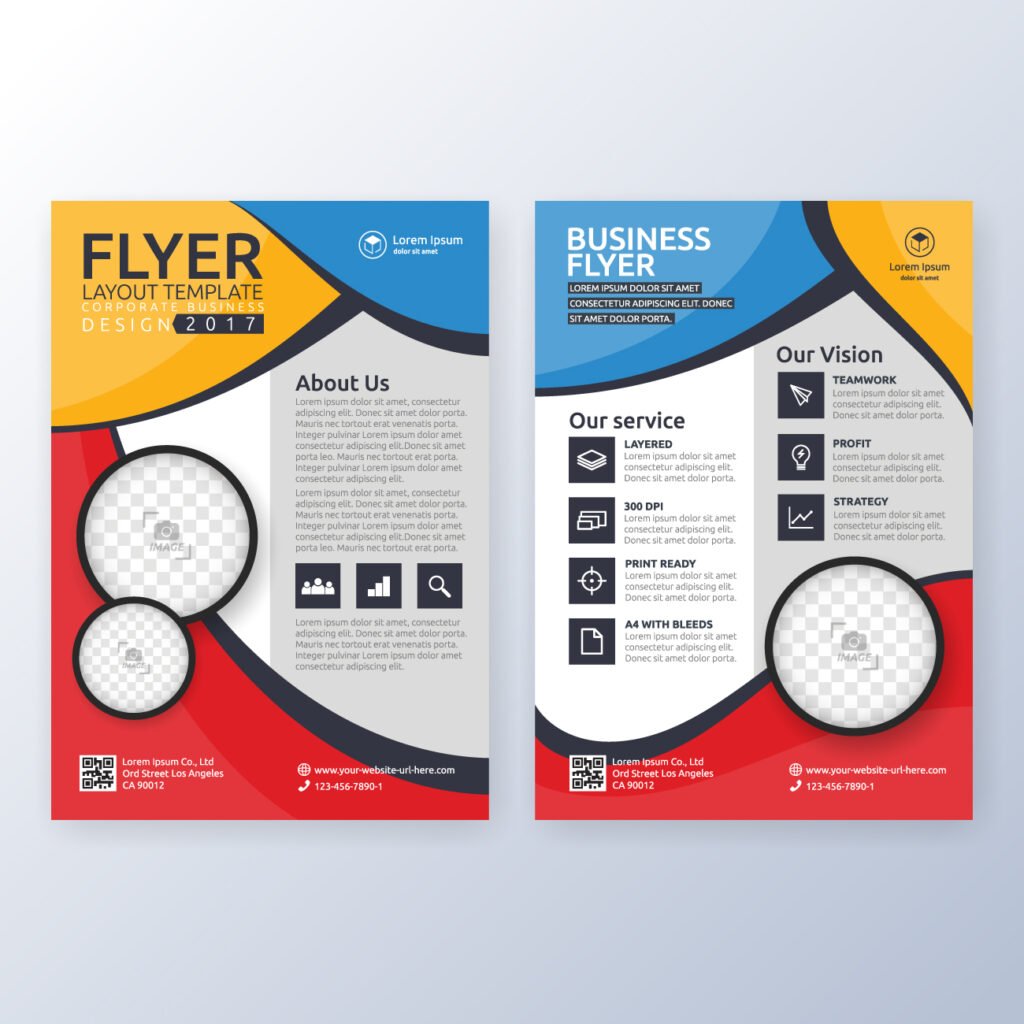
Promotional materials are designed to attract attention and inform potential customers about products, services, or special offers.
- Brochures and Flyers: Brochures are multi-fold printed materials containing detailed information about a brand, products, or services. Flyers are single-page promotional materials used to quickly convey information. Both are commonly used at trade shows, events, and in-store displays.
- Posters and Banners: Posters and banners are larger visual elements used to capture attention at events, storefronts, and public spaces. They effectively communicate messages, promotions, or event details to a wider audience.
- Product Catalogs: Product catalogs provide comprehensive information about a brand’s products or services. They allow customers to explore options, compare offerings, and make informed purchasing decisions.
Advertising Materials

Advertising materials are designed to reach a broader audience and promote brand offerings through various channels.
- Print Ads: Print ads are promotional messages placed in newspapers, magazines, or other printed publications. They effectively target specific audiences and can include text, images, and graphics to convey the brand’s message.
- Outdoor Advertising (Billboards, Signage): Outdoor advertising involves billboards, signs, and banners placed in high-traffic areas. These materials are designed to capture attention quickly and effectively communicate brand messages to a broad audience.
- Direct Mail Campaigns: Direct mail campaigns involve sending printed materials, such as postcards or brochures, directly to targeted individuals’ mailboxes. These campaigns can be highly personalized and allow brands to reach their audience directly.
Each type of marketing material serves a unique purpose and contributes to a brand’s overall marketing strategy by enhancing visibility, engagement, and communication with the target audience.
Having gained insight into the different types of marketing materials, let’s proceed to examine the art of crafting a potent strategy for designing impactful marketing materials.
Designing An Effective Marketing Materials Strategy
Here’s an effective marketing materials strategy step by step:
Identifying Your Brand’s Core Message And Values
Before creating marketing materials, it’s crucial to have a clear understanding of your brand’s core message and values. This involves defining what your brand stands for, what it aims to convey to its audience, and how it differentiates itself from competitors. Your core message should reflect your brand’s mission, vision, and unique selling points. Your values are the guiding principles that shape your brand’s decisions, actions, and interactions.
Having a strong grasp of these aspects helps ensure that your marketing materials are consistent and aligned with your brand’s identity.
Setting Goals For Your Marketing Materials
Clearly defining your goals is essential for creating effective marketing materials. Are you aiming to increase brand awareness, drive sales, promote a new product, or educate your audience?
Each goal requires a different approach and type of material. Setting specific, measurable, achievable, relevant, and time-bound (SMART), goals helps you track the effectiveness of your materials and tailor them to your desired outcomes.
Choosing The Right Mix Of Materials For Your Business
Selecting the appropriate mix of materials depends on your target audience, industry, goals, and budget.
For instance, if you’re targeting a younger demographic, digital materials like social media visuals and website banners might be more effective. On the other hand, if you’re attending trade shows, physical materials like brochures and banners could be valuable.
Consider your audience’s preferences and behaviors, as well as the platforms they frequent, to determine which materials will best reach and engage them.
Collaborating With Designers And Copywriters
Professional design and compelling copy are essential for creating impactful marketing materials. Collaborate with skilled designers and copywriters who can bring your ideas to life and craft messages that resonate with your audience.
Designers will ensure that the visual elements align with your brand’s aesthetics, while copywriters will create persuasive and concise content. Effective collaboration involves conveying your brand’s essence, goals, and expectations to these professionals to ensure that the final materials effectively communicate your message.
By carefully considering these four steps in your marketing materials strategy, you’ll be well-equipped to create materials that not only align with your brand’s identity and values but also resonate with your audience, achieve your goals, and contribute to the growth of your business.
Conclusion
With the wealth of knowledge you’ve acquired about materials marketing, there’s no need to wait for others to utilize it. Harness its potential for your business and witness the transformative outcomes it can yield.
If any aspect of the blog remains unclear, don’t hesitate to drop your questions in the comments section. We’re here to provide thorough explanations and address any queries you may have. Your inquiries are most welcome.
Thanks for reading 🙂


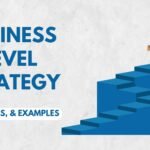

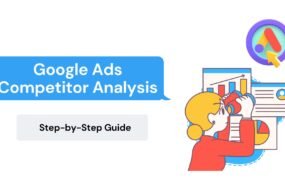
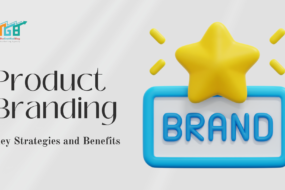
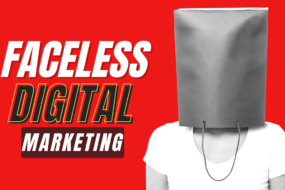
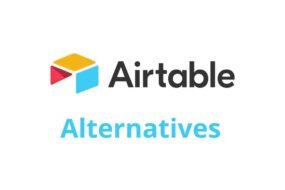
No Comments